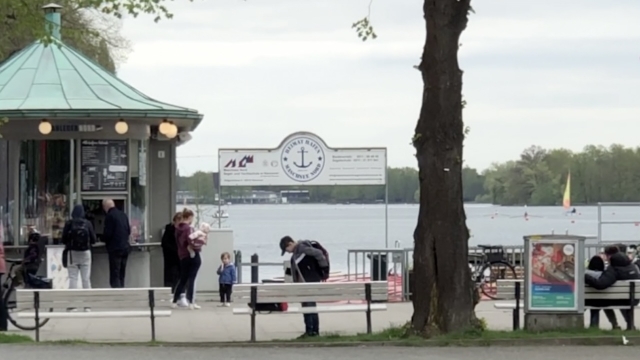Leros Brief History!
The Greeks liberated the beautiful Leros Island during the Greek revolution in 1821 and made it the base of the Greek navy.
The Treaty of London in 3 February 1830 determined the borders of the new Greek state and it gave the islands in the eastern Sporades to the Ottomans.
However, Leros had a joint administrative council constituted of both the Greeks and the Ottomans.
The Italians occupied the island again in 1912. The British came to the island and used it as naval base from 1916 to 1918.
The Treaty of Lausanne signed in Switzerland in 24 July 1923 supported the Italians and the beautiful Leros Island along with the other islands in the Dodecanese remained under their control.
The island began to appear Italian with some Italian styled constructions in the towns. They build the model town of Portolago using their Italian architecture.
The Greek named it Lakki after that and the Italian style remains in the buildings along and behind the harbour.
During the years of the Second World War, Mussolini used the island strategically depending on its forts, large deep natural harbour and landlocked bays to strengthen the position of the Italians and keep controlling the eastern Mediterranean Sea. However, the island faced heavy bombing.
Raids by the British until 15 September 1943 helped them to get the island after the collapse of the Fascist and the British administration lasted until 7 March 1948, when the beautiful Leros Island and some other islands joined Greece.
Useful Historical Source
Churchill's Folly: Leros and the Aegean (Cassell Military Paperbacks)
Many of the Greek islands of the Dodecanese are popular tourist resorts today. However, in 1943 those beautiful islands were the scene of the last German invasion and occupation during the Second World War.
The Italians had occupied the islands since 1912 but after the Italian Armistice of 8 September between Italy and the Allied Forces announced by the Allied radio with the downfall of Benito Mussolini, Winston Churchill seized the opportunity to open a new front in the eastern Mediterranean.
Rejected by the Americans, it was a proposal fraught with difficulties and, ultimately, one that was doomed to failure. The British garrison troops occupied the territory with the assistance of naval forces, but with little or no air cover.
Some of Germany's finest opposed them, including units of the esteemed Division Brandenburg, with ample air and sea support. Three months of operations ended with a British defeat and with the Aegean under German occupation until the end of the war.
The author has drawn on British, German and Italian sources and used graphic eyewitness accounts to provide detailed retelling of the struggle for possession of the Dodecanese, and the battles for Kos and Leros in particular.
** You are here at Leros Brief History.
** See the entry page to this comment at Beautiful Leros Island.
** Read more information about Leros at Leros Municipality.
** Write about your beautiful city at Any Beautiful City.
** Subscribe to the Beautiful Scene Newsletter.
** Subscribe to the 100 Beautfiul Sites in the World's feeds through the small orange button at the top.

